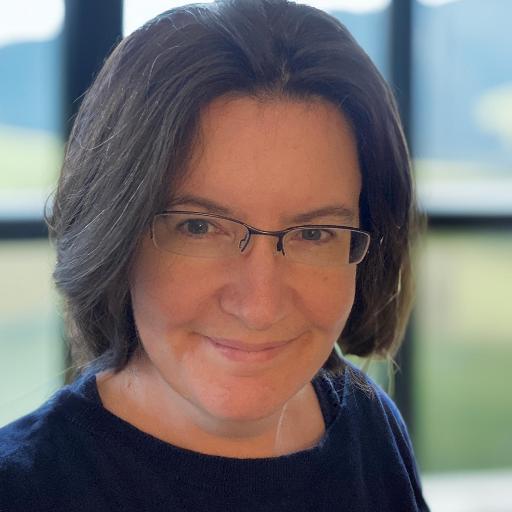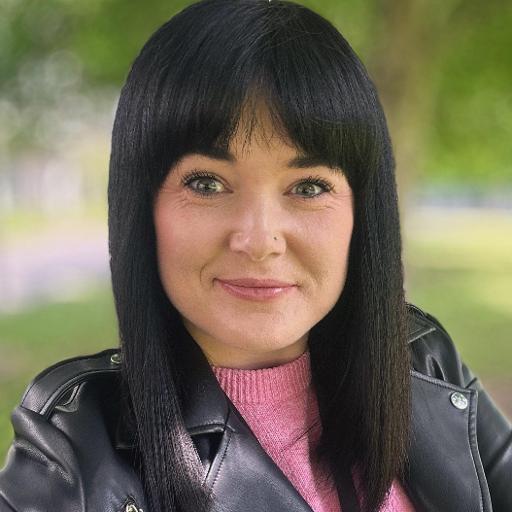News
Our Top Story
Statement on the UK rejoining Erasmus+
The University of Warwick warmly welcomes the UK Government’s decision to rejoin the European Union’s Erasmus+ programme.
Our Latest News
Warwick sociologist wins EU grant to study the role of religion in power struggles over mining
The prestigious £1.8 million Consolidator Grant will fund a 5-year, cross-continental, cross-faith investigation of the role of religious authority in the extractive industry.
University of Warwick confirmed as host venue for 2026 European Youth Touch Championships
The 2026 European Youth Touch Championships (EYTC) will be hosted at the University of Warwick between Thursday 13th and Sunday 16th August.
New PhD programme launched to tackle diversity and sustainability in the UK screen industries
The University of Warwick’s Creative Bridges programme will help to reshape the future of the UK’s film, TV, games and immersive media sectors.
60 trees, 60 years: Explore Warwick’s anniversary trail
Explore Warwick’s tree trail, featuring staff-planted trees celebrating 60 years of the University and inspiring the campus community.
Warwick Medical School launches new Community First Responder scheme
University of Warwick medical students are volunteering to support NHS emergency services on the front line.
Surprising nanoscopic heat traps found in diamonds
University of Warwick scientists discover “hot spots” around atomic defects in diamonds – challenging assumptions about the world’s best heat conductor.
University of Warwick showcases Coventry’s digital inclusion and tech reuse success at Houses of Parliament
Warwick joins city partners at Westminster to highlight Coventry’s pioneering work in tackling digital inequality and reducing electronic waste.
Positive & Polished: Student writing has evolved in the AI era
A University of Warwick-led analysis of almost 5,000 student-authored reports suggests that student writing has become more polished and formal since the introduction of ChatGPT in late 2022— but grades have remained stable.
Warwick Arts Centre expands its popular volunteer programme
Warwick Arts Centre marks International Volunteer Day by celebrating its growing volunteer team and their role in supporting its year-round programme.
Digital-only immigration system is causing stress, fear and exclusion
A University of Warwick study highlights the human cost of the Home Office’s eVisa digitalisation system.
New European research prize recognises breakthrough on the origins of Earth’s building blocks
The ENGRAVE international collaboration has earned the first ever ‘Into Change Award’ from the Danish government, recognising the pivotal role University of Warwick scientists have played in ENGRAVE since its inception.
Nationwide seed relay drops off precious heritage seed at the University of Warwick’s UK Vegetable Genebank
Crop scientists at the UK Vegetable Genebank have taken delivery of a golden parcel of heritage seeds.
Our Latest Expert Comment
Find an Expert
Our experts are available for interview on all the latest news stories.
In The Conversation...
What are our academics talking about?
Read the latest articles by Warwick academics published in The Conversation.
Our Press Team
We are available during both standard 9-5 hours and out-of-hours.
Beauchamp, Kat

Kat Beauchamp
She/her
Communications Manager (Media Relations)
Manages the Press Team and any external media relating to International and Strategic Projects. Get in touch about how our team can help you, media training, and broadcast media.
Baylis, Ann

Ann Baylis
She/her
Media & Communications Officer
Shining a media spotlight on Arts & Humanities, amplifying our achievements to a global audience.
All things rural! Married to a farmer. Keeps horses & dogs. Super-keen gardener. Likes making stuff.
Higgs, Matt

Matt Higgs
He/him
Media & Communications Officer (Science)
Working with our scientists and STEM faculty, I amplify Warwick’s science stories in the media, showcasing the university as a place of innovation and discovery.
Things I love: Hiking, Dogs, Books (fiction and non-fiction), Films, Exercising
Connell, Steve

Stevie Connoll
She/her
Media & Communications Officer
At Warwick, I help share the stories that bring our University to life, focusing on regional connections, building our brand, and showcasing why campus is such a great place to be.
Outside of work, I’m a busy mum who loves the gym, Grey’s Anatomy re-runs, and a big jar of Nutella!
Barker, Dom

Dom Barker
He/him
Media & Communications Officer
Dom handles press relations for politics, law, and economics, as well as corporate matters.
I'm interested in US politics (think The West Wing), and play table tennis as often as possible!


Dr David Wright and Dr Heidi Ashton on the Hodge review of the Arts Council England
Dr Nikhil Datta on the Budget announcement of a new High Value Council Tax Surcharge ('Mansion Tax')
Dr Freya Harrison on Government plans to phase out animal experiments
Dr Shonali Banerjee on US election results
Dr Adriano Lameira & Dr. Ani Permana pay tribute to Dame Jane Goodall
Professor Thiemo Fetzer responds to the Government’s “Pride in Place” agenda